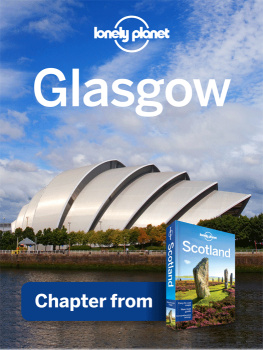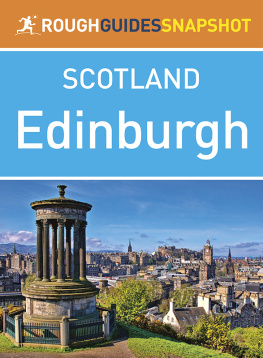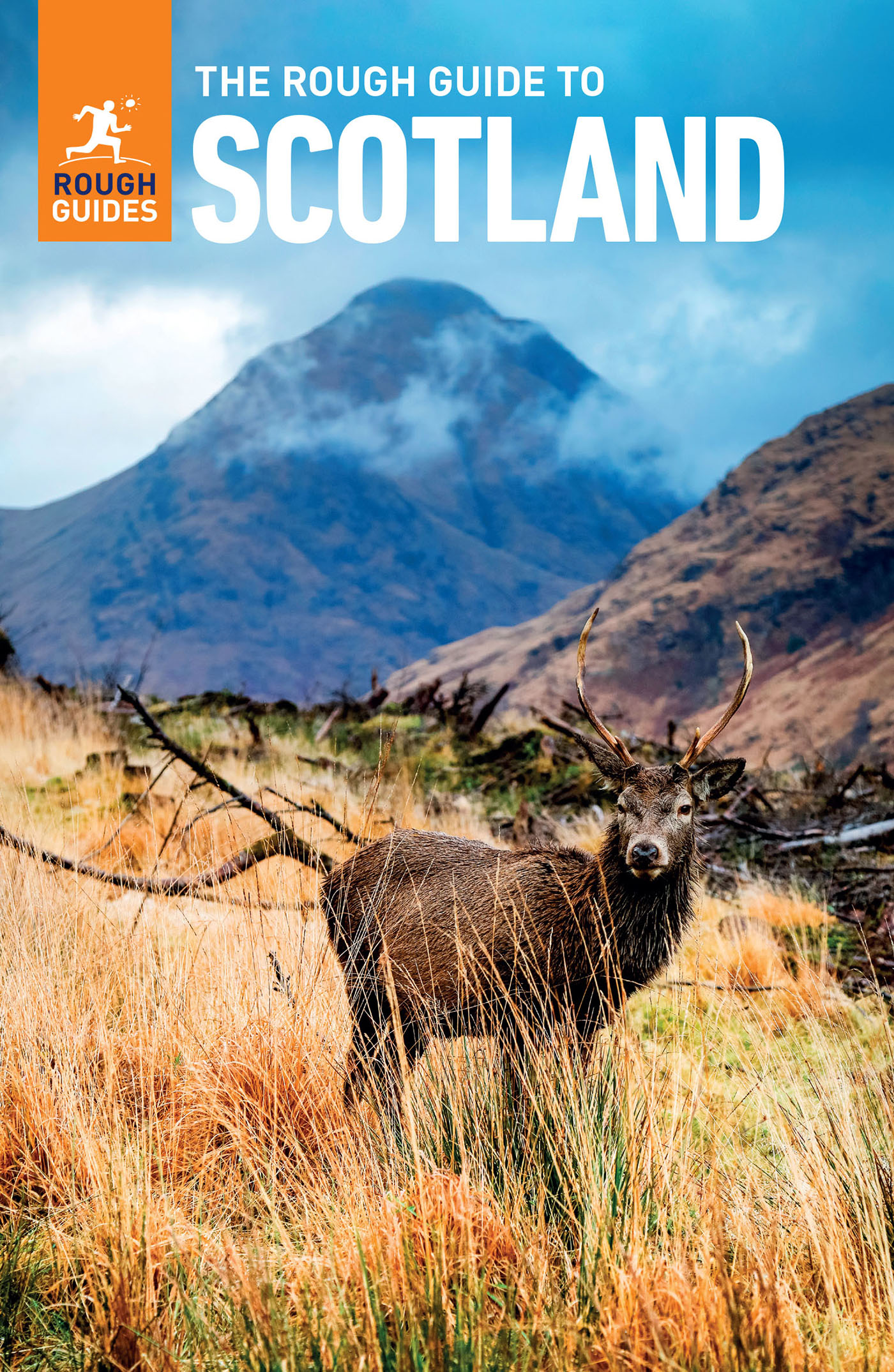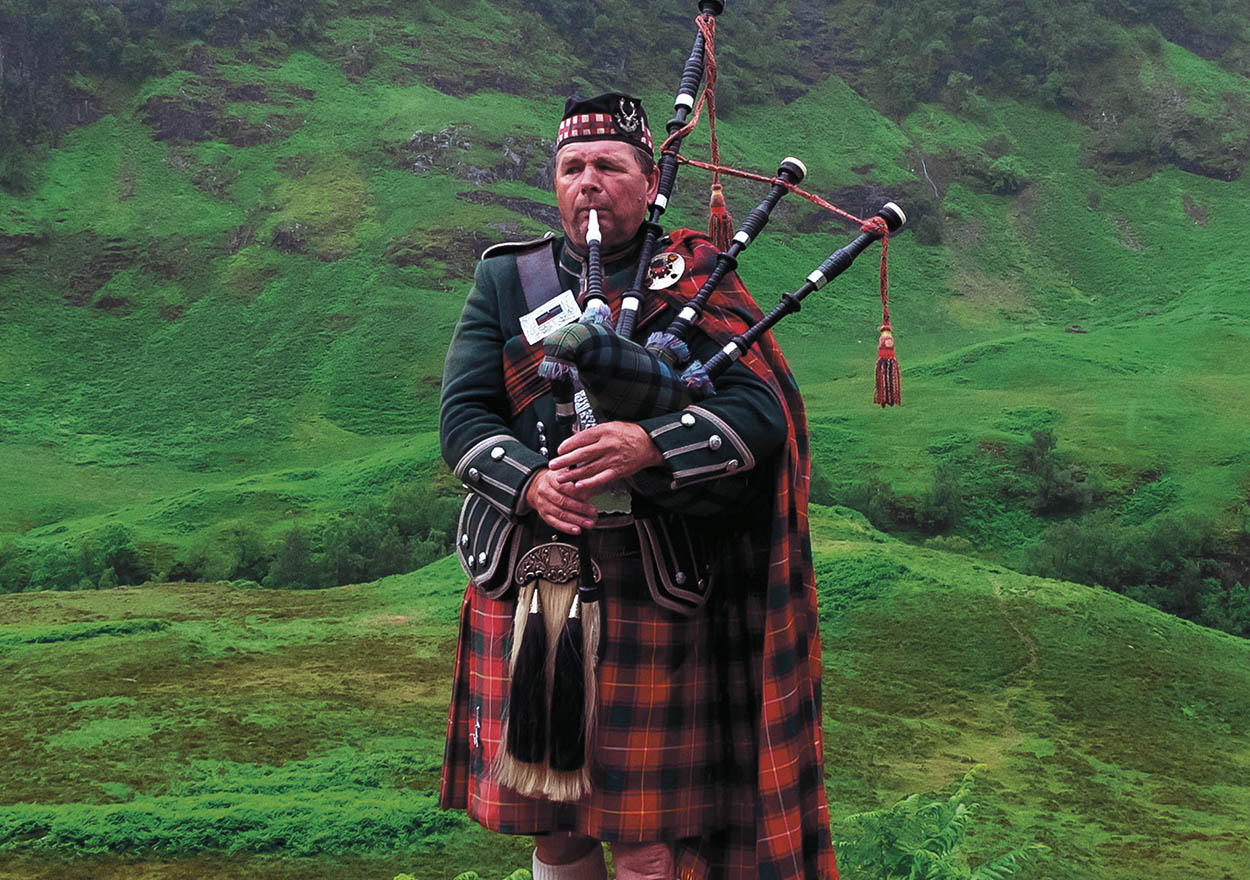Contents
Introduction to Scotland
Clichd images of Scotland abound postcards of wee Highland terriers, glittering lochs, infinite variations on tartan and whisky and they drive many Scots apoplectic. Yet Scotland has a habit of delivering on its classic images. In some parts ruined castles really do perch on every other hilltop, in summer the glens do indeed turn purple with heather, and youll be unlucky not to catch sight of a breathless bagpiper while youre up here. Sure, the roads can be wiggly and the drizzle can be oppressive. But theres something intoxicating about these patriotic, Tolkienesque lands that will have you yearning for more.
The complexity of Scotland can be hard to unravel: somewhere deep in its genes a generous dose of romantic Celtic hedonism blends (somehow) with stern Calvinist prudence. Its a country where the losers of battles (and football games) are more romanticized than the winners. Scotland has given the world steam power, the television and penicillin. Chefs throughout Europe rhapsodize over Scottish langoustine and Aberdeen Angus beef, while back at home there is still a solid market for deep-fried pizza.
Naturally, the tourist industry tends to play up the heritage, but beyond the nostalgia lies a modern, dynamic nation. Oil and nanotechnology now matter more to the Scottish economy than fishing or Harris tweed, and the video gaming industry continues to prosper. Edinburghs medieval Royal Mile still pulls a crowd, but just as many are drawn by its nightclubs and modern restaurants , while out in the Hebrides, the locals are more likely to be building websites than shearing sheep. Even the Highland huntin shootin fishin set are outnumbered these days by mountain bikers and wide-eyed whale-watchers. The ceilidh remains an important part of the Highlands social scene, although large-scale outdoor music festivals draw in revellers from around the world.
Scotland will never be able to cut its geographical and historic ties with England, the auld enemy south of the border, and relations between the two are as complicated as ever. Although, Scots voted to remain part of the United Kingdom by a margin of 55.3 percent to 44.7 percent in the 2014 Scottish independence referendum, the nationalist movement continued to build momentum and the SNP recorded a historic landslide victory in the 2015 UK general election , taking 56 of 59 seats; they had won just four in 2010. In 2017, the SNPs lost 21 seats, but staged a comeback in the 2019 UK general election and won 48 seats.
In contrast, thanks to ancient links with Ireland, Scandinavia, France and the Netherlands, Scots are generally enthusiastic about the European Union , which up until the 2016 EU membership referendum had poured large sums of money into infrastructure and cultural projects, particularly in the Highlands and Islands. While the UK as a whole defied pollsters by voting to leave the EU, 62 percent of Scottish voters and all 32 councils opted to remain. Whether this will eventually lead to a second Scottish independence referendum, as First Minister Nicola Sturgeon desires, remains to be seen.
Fact file
- Scotland contains over 31,000 freshwater lochs , and of its 790 islands , 93 are inhabited.
- The national animal of Scotland is not a sheep, a Highland cow, or even a loch-dwelling monster. It is in fact the unicorn, and has been since the twelfth century.
- Scotland has a population of around 5.4 million.
- The shortest scheduled flight in the world links Westray to Papa Westray in the Orkney Islands. At just one-and-a-half miles in length, the flight can take under two minutes with a tailwind.
- Never mind Nessie, midges are the real monsters of the Highlands. These tiny summer blood-suckers bite hardest from mid-May to August in calm cloudy conditions, especially at dawn and dusk. Theres even a Midge Forecast ( http://smidgeup.com ).
Piper on the bagpipes
Copyright (c) 2016 Zapp2Photo/Shutterstock. No use without permission.
Where to go
Even if youre planning a short visit, its perfectly possible to combine a stay in either Edinburgh or Glasgow with a brief foray into the Highlands. With more time, a greater variety of landscapes in Scotland is available, but theres no escaping the fact that travel in the more remote regions of Scotland takes time and money, even with your own transport. If you plan to spend most of your time in the countryside, concentrate on just one or two areas for a more rewarding visit.
The initial focus for many visitors to Scotland is the capital, Edinburgh , a dramatically handsome and engaging city famous for its castle and historic Old Town. Come in August and youll find the city transformed by the Edinburgh Festival, the largest arts festival in the world. An hours travel to the west, the countrys biggest city, Glasgow , is quite different in character. Once a sprawling industrial metropolis, it now has a lively social and cultural life to match its impressive architectural heritage. Other urban centres are inevitably overshadowed by the big two, although the transformation from industrial grey to cultural colour is injecting life into Dundee , while theres a defiant separateness to Aberdeen , with its silvery granite architecture and port. Other centres serve more as transport or service hubs to the emptier landscapes beyond, though some contain compelling attractions such as the wonderful castle in Stirling or the Burns monuments in Ayr .
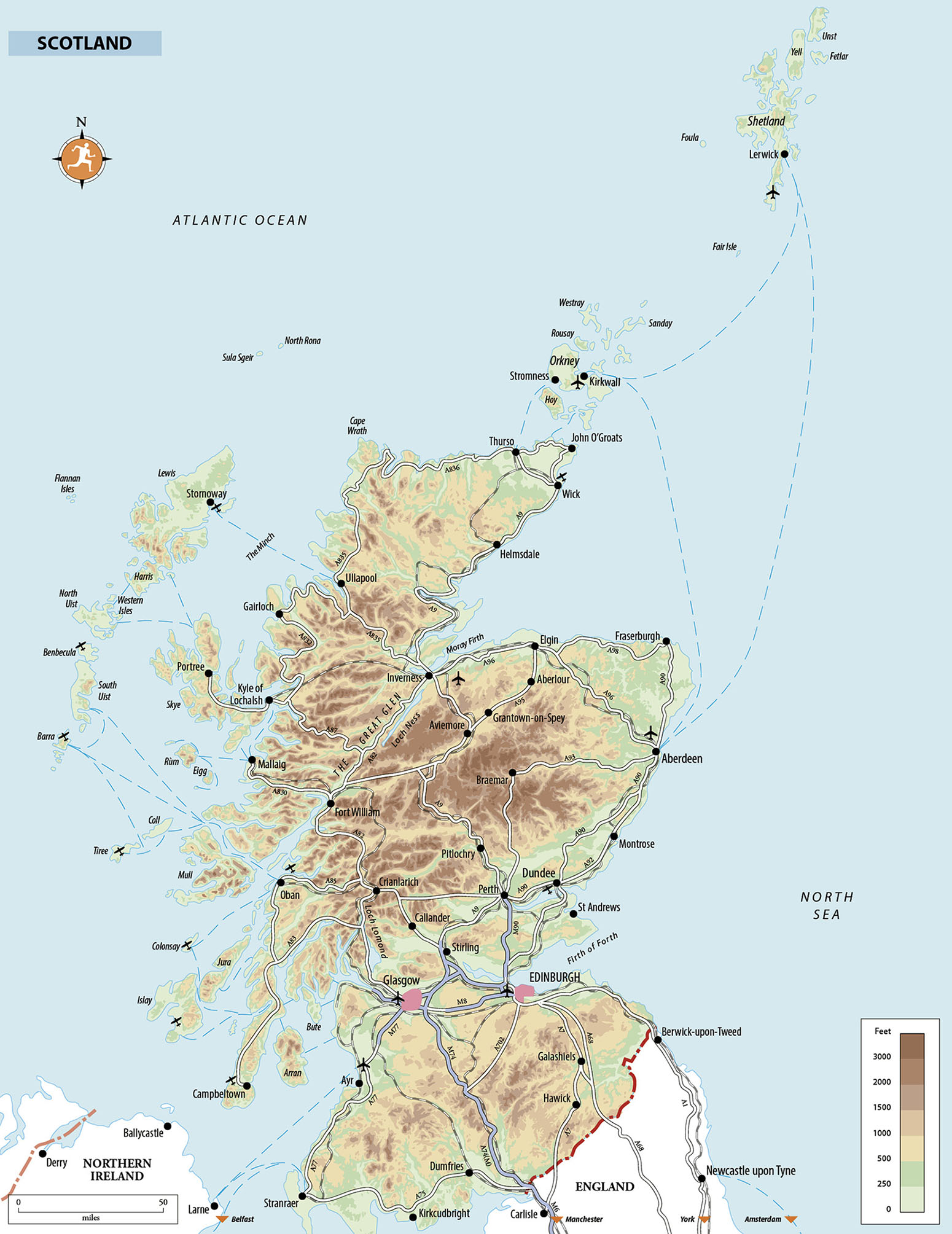
You dont have to travel far north of the GlasgowEdinburgh axis to find the first hints of Highland landscape, a divide marked by the Highland Boundary Fault, which cuts across central Scotland. The lochs, hills and wooded glens of the Trossachs and Loch Lomond are the most easily reached and correspondingly busier. Further north, Perthshire and the Grampian hills of Angus and Deeside show the Scottish countryside at its richest, with colourful woodlands and long glens rising up to distinctive mountain peaks. South of Inverness the Cairngorm massif hints at the raw wilderness Scotland still provides, which is at its most spectacular in the north and western Highlands. To get to the far north youll have to cross the Great Glen , an ancient geological fissure which cuts right across the country from Ben Nevis to Loch Ness , a moody stretch of water rather choked with tourists hoping for a glimpse of its monster. Arguably, Scotlands most memorable scenery is to be found on the jagged west coast, stretching from Argyll all the way north to Wester Ross and the sugarloaf hills of Assynt .
Not all of central and northern Scotland is rugged Highlands, however. The east coast in particular mixes fertile farmland with pretty stone-built fishing villages and golf courses none more famous than that at the university town of St Andrews , the spiritual home of the game. Elsewhere, the whisky trail of Speyside and the castles and Pictish stones of the northeast provide themes for exploration, while in the southern part of the country, the rolling hills and ruined abbeys of the Borders offer a refreshingly untouristy vision of rural Scotland.


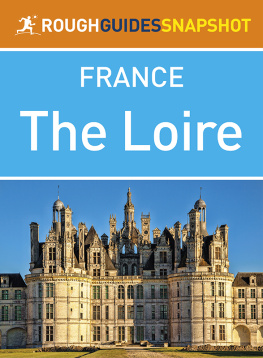
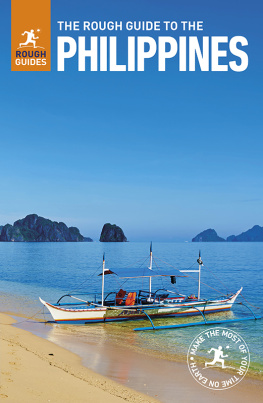
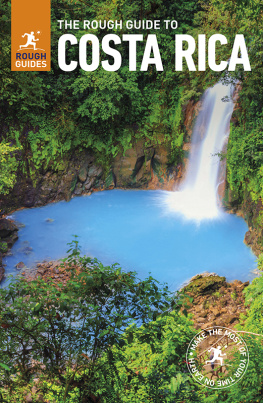
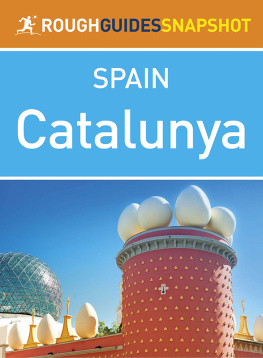
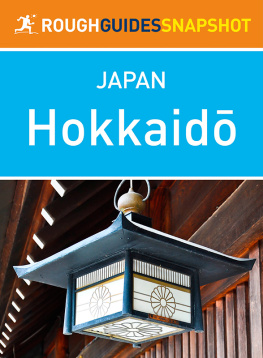
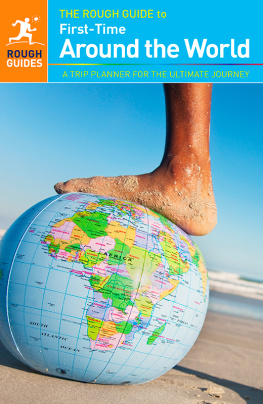
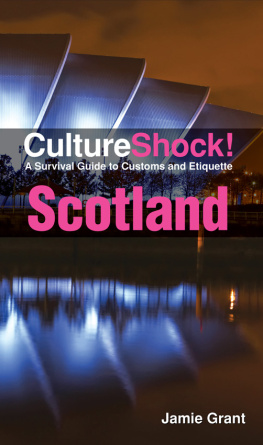
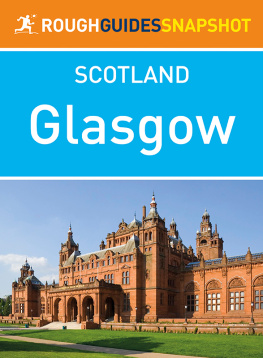
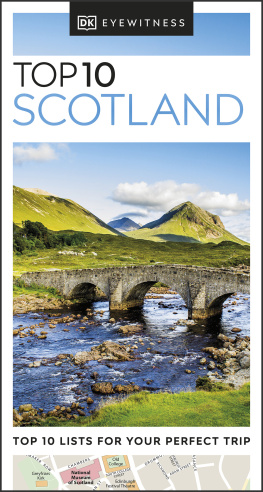
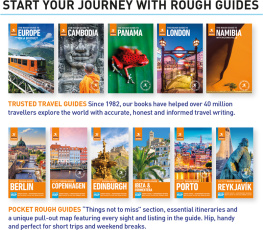
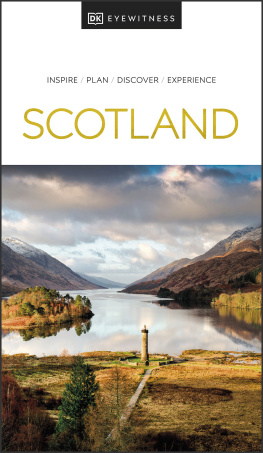

![Dickinson Greg - The rough guide to Scotland, [2017]](/uploads/posts/book/198391/thumbs/dickinson-greg-the-rough-guide-to-scotland-2017.jpg)
